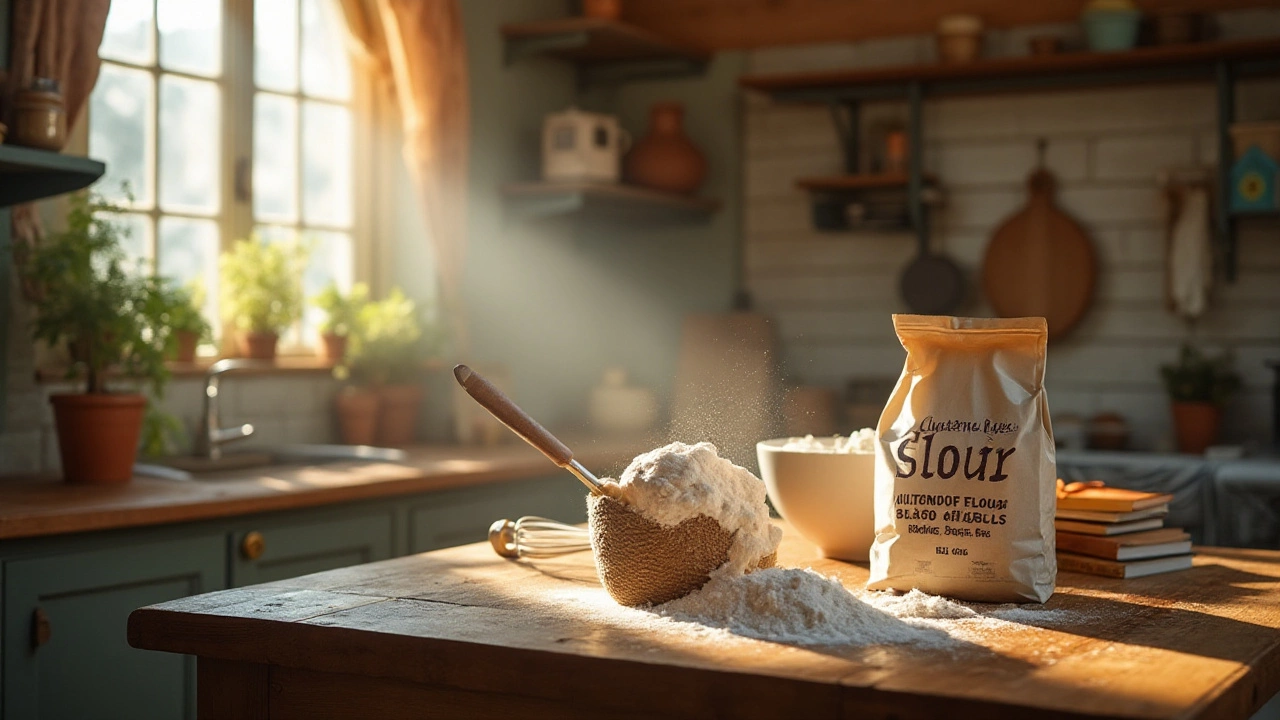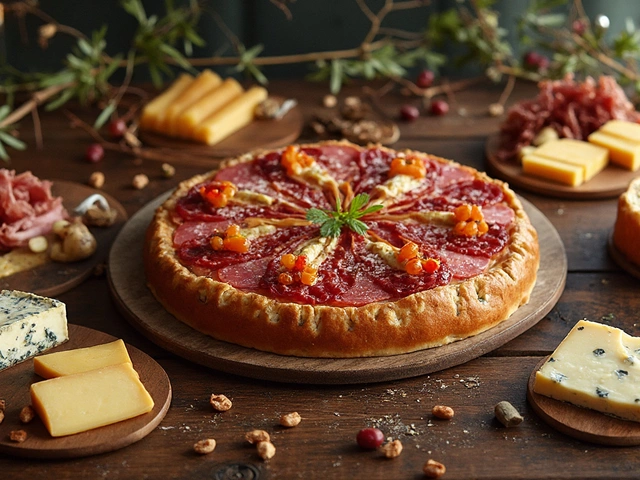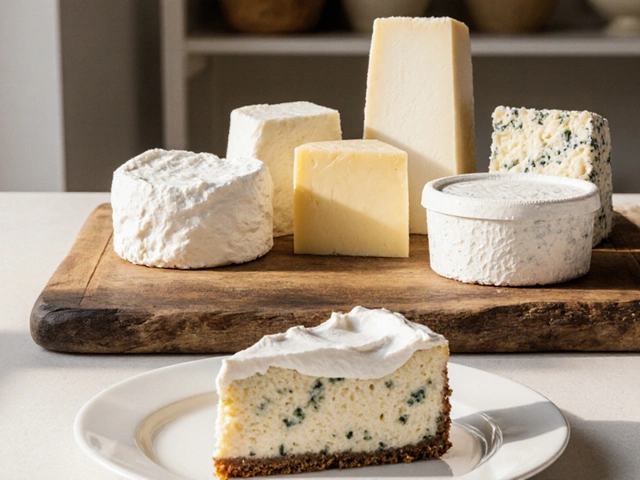Baking a cake without gluten is an adventure that opens the door to a world of flavorful possibilities, yet poses unique challenges for novice bakers. Transitioning from traditional wheat flour to gluten-free alternatives can feel daunting, as these flours often exhibit different behaviors and textures.
To bake the perfect gluten-free cake, it's essential to grasp the nuances of gluten-free flour and how they impact each recipe. This article dives into the secrets of selecting the right flour blends, handling common complications, and offers expert advice on ensuring mouthwatering results every time.
With patience and the right know-how, crafting gluten-free delights becomes not just doable, but an immensely rewarding culinary achievement.
- Understanding Gluten-Free Flour
- Choosing the Right Flour Blend
- Common Challenges and Solutions
- Tips for Successful Gluten-Free Cakes
Understanding Gluten-Free Flour
Venturing into the realm of gluten-free baking calls for a shift in understanding the cornerstone component: the flour itself. Unlike the conventional wheat-based flours that rely on gluten—a protein—as a binding agent giving structure and elasticity to baked goods, gluten-free flours consist of substances like rice, almond, or buckwheat. Each boasts distinct properties and traits, requiring a combination approach for that perfect airy cake texture.
While gluten's elasticity anchors traditional doughs and batters, gluten-free flour needs innovative alternatives like xanthan gum or guar gum as the binding agents. It's crucial to balance these binders, as too much can lead to dense, gummy cakes, and too little results in crumbly masterpieces. An intriguing fact comes to light when considering a typical serving size of around 50 grams of rice flour versus the same in wheat: rice flour lacks the innate stretchy quality gluten imparts, meaning adjustments need to be made for moisture and aeration in recipes. As one baker aptly mentions, 'Baking gluten-free isn't just substitution, it’s transformation.'
Peter Reinhart, a renowned baking expert, emphasizes that "baking with gluten-free flour is equivalent to exploring a new culinary domain, where one must adapt and improvise for success."
Gluten-free flour often contains less natural oil and fat contents, especially when sourced from grains rather than nuts. As a result, a balanced recipe may need to incorporate additional sources of fat or moisture like oil or yogurt for a tender finish. What's more, flours derived from nuts such as almond introduce a distinct flavor profile, providing not only texture but a rich nutty taste, making them a favorite in sweet bakes.
Flour Blends: The Game Changer
Single-source gluten-free flours can prove limiting due to their singular texture or flavor note. Thus, many expert bakers advocate for flour blends, which cohesively combine the strengths of various base components. A typical gluten-free blend might mix rice, potato, and tapioca flours, each with differing starch compositions to mimic the elasticity and crumb structure gluten offers. Flour producers often provide pre-made blends designed for specific purposes like cakes, breads, or pastries, easing the burden for home bakers.
An interesting statistical view: According to a survey conducted by the Gluten Intolerance Group, nearly 80% of gluten-free bakers prefer using pre-made flour blends for ease and reliability. When approaching the creation of bespoke flour blends, it's wise to experiment. Rotating different base flours can uncover delightful surprises in flavor and texture. Take note of how various blends respond to humidity and air exposure; some may require additional adjustments in moisture content or binding elements based on environmental conditions.
In wrapping up this dive into gluten-free flour, the real joy arises from experimentation. Creativity in selecting base flours and additives empowers you to drive the flavor and texture without traditional gluten constraints.

Choosing the Right Flour Blend
When baking gluten-free, selecting the right flour blend is paramount to achieving desired results. Traditional wheat flour, with its elasticity and structure, relies on gluten, a binding protein that gives baked goods their texture and chewiness. However, gluten-free flour lacks this protein, leading to very different outcomes if not managed correctly. To successfully substitute, one needs to understand the myriad of gluten-free flours available and know which ones suit specific types of baking. Many blends enhance particular qualities in cakes, like structure, moisture retention, and crumb texture. For example, rice flour is often a staple, offering a lightness ideal for delicate cakes, whereas almond flour provides a rich, moist quality, perfect for denser varieties like pound cakes.
But here’s where the true art lies—in crafting a blend that mirrors what gluten does in traditional baking. This typically involves combining multiple flours and starches to mimic the properties of gluten-containing counterparts. Commonly used flours include sorghum, millet, and buckwheat. Each imparts distinct flavors and textures, so converging these into cohesive blends requires understanding their individual characteristics. For achieving buoyancy in baked goods, bakers often add starches like tapioca or arrowroot. The right balance ensures softness without being crumbly, and texture without falling flat. As Elizabeth Barbone, an esteemed gluten-free cookbook author, once stated,
"The beauty of gluten-free baking is in the mix—the right balance can transform your cakes from good to extraordinary."
One method often advised is to initially experiment with store-bought all-purpose gluten-free blends, which typically contain a carefully crafted mix of flour and xanthan or guar gum to help bind and stabilize. These blends can be an excellent starting point for beginners, providing consistent results while learning about the properties of gluten-free baking. It's important to read labels carefully and choose mixes that match the end texture you're aiming for. Some blends lean towards bread while others are more suited to pastries, so make sure to select accordingly. When creating a custom blend, precision in measurement is essential. Using a kitchen scale ensures accuracy, preventing common issues like dryness or density.
Additionally, moisture is a critical factor in gluten-free mixtures, which tend to dry out faster due to the absence of gluten. To counteract this, consider adding extra liquid ingredients to your batter. Ingredients like applesauce, yogurt, or even an extra egg can improve moisture retention. Another trick is to let the batter rest before baking, allowing the flours to fully absorb liquids, which can enhance the overall results. As preferences and needs vary, crafting the perfect flour blend might take time, but each attempt is a step closer to finding the ideal combination. Once you discover what works best, your distribution of flavors and textures will create mouthwatering results every time.
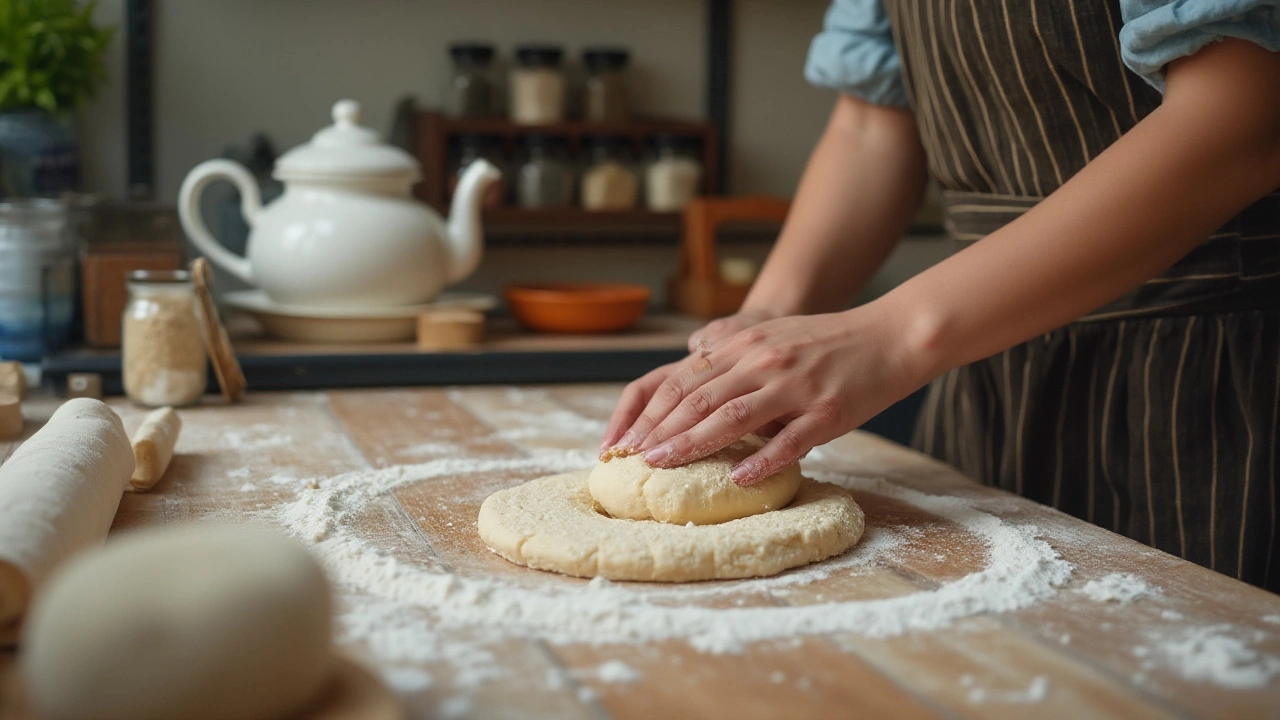
Common Challenges and Solutions
Embarking on the journey of gluten-free baking frequently introduces challenges that are not encountered with traditional wheat flour. One common issue is the density of the resulting baked goods. Gluten-free flours often require additional leavening agents or stabilizers because they lack gluten, which provides the elasticity and stickiness that gives structure to the dough. As a solution, many bakers add ingredients like xanthan gum or baking powder to their recipes to attempt to mimic the properties of gluten. These additives work to trap air bubbles that expand during baking, giving the cake a lighter texture.
Another frequent hurdle is the difference in moisture absorption between gluten-free recipes compared to their gluten-containing counterparts. Many gluten-free flours, like coconut or almond flour, absorb more moisture, leading to drier cakes unless properly adjusted. One tactic to counteract this is to slightly increase the liquid ingredients in your recipe or incorporate moistening agents such as applesauce or yogurt. It’s crucial to find the right hydration balance to maintain that desirable moistness in a cake.
Flavor differences can also affect your baking outcomes. Some gluten-free flours have strong flavors that could overpower your cakes, such as the nutty taste of buckwheat or the prominent coconut flavor of its flour. A trick to balance flavors is to use a blend of various gluten-free flours and starches to achieve a more neutral taste. A well-formulated mix might include rice flour, tapioca starch, and potato starch. This reduces the risk of one single flour overpowering the final product.
Due to the lack of gluten, achieving a consistent texture in cakes presents yet another challenge. Without gluten’s elasticity, gluten-free cakes can crumble more easily, leading to a need for different mixing techniques and baking processes. Ensuring even ingredient distribution by thoroughly mixing the batter, but without overmixing, is key. Oversized baking processes are often helpful, such as letting the mix sit to allow the liquid ingredients to fully hydrate the dry ones.
“Understanding the complete gluten-free process is more than replacing flour; it’s an art requiring precision and patience,” remarks renowned gluten-free baker Sarah Thompson.
Experimentation remains a valuable practice in mastering gluten-free cakes. It often takes a few attempts to tweak oven temperatures, ingredient ratios, and baking times to perfect a recipe. Keeping detailed notes on what works and what doesn’t during different trials helps hone in on what adjustments lead to desired results. It might seem like a lot initially, but perseverance eventually leads to marvelously baked gluten-free delights that defy their challenging nature.
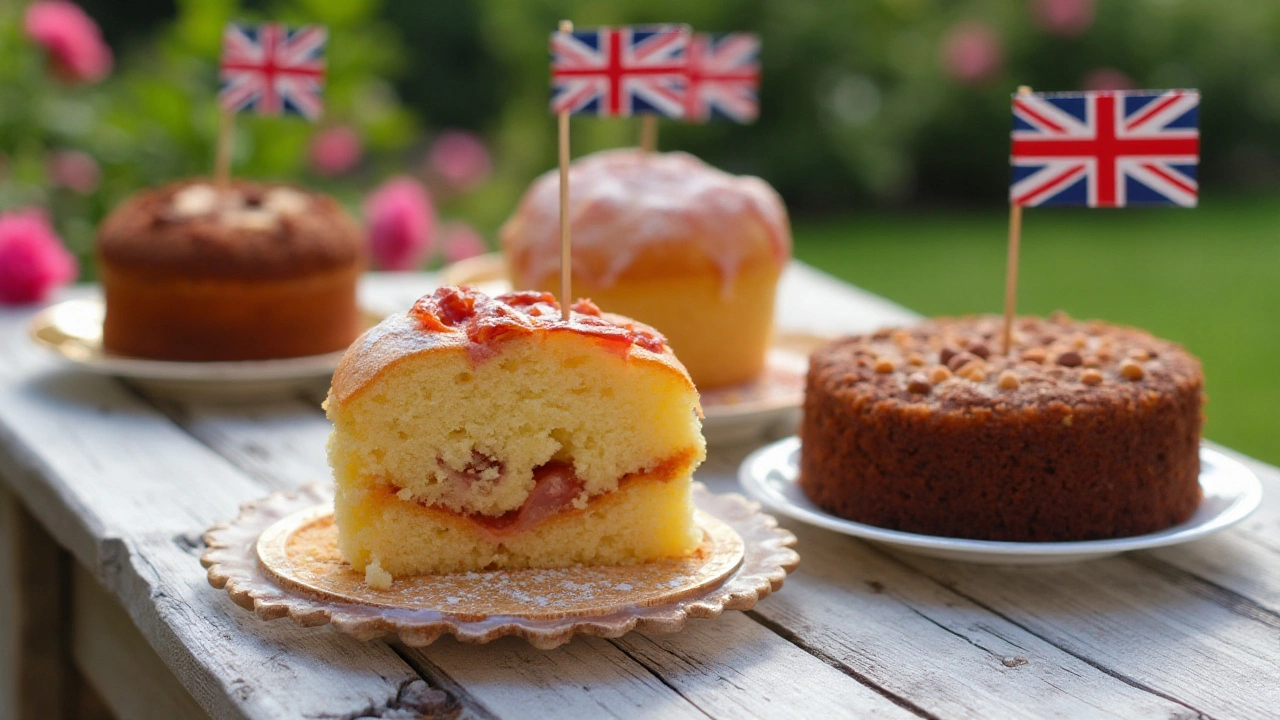
Tips for Successful Gluten-Free Cakes
Baking a stellar gluten-free cake can often seem like a daunting task, but with a few reliable strategies, you can achieve amazing results. First and foremost, selecting the right blend of flour is crucial. Be aware that each type of gluten-free flour has its unique properties, and it's crucial to experiment with different combinations until you find the one that works best for your tastes and textures. Rice flour, almond flour, and sorghum flour are popular choices, each imparting distinct qualities to cakes. Including potato starch or tapioca flour can help in attaining a lighter, fluffier texture, something often missed in wheat-free creations. Consistency in texture can also be ensured by weighing ingredients rather than relying on cups, moving toward a more scientific approach in baking transformations.
Mixing techniques are next in line when striving for the perfect cake. Whether using a stand mixer or going the traditional route with a whisk, take care not to overmix, as this can lead to dense rather than soft results. Gluten-free batters often need a bit of a hydration boost too. Therefore, incorporating mashed fruits or yogurt can considerably improve moisture retention through the bake. Consider the case of Kristina Sloggett, a renowned food blogger, who once said, "Don't be afraid to add a bit more liquid than usual. Your cake will thank you with each delectable bite." Her sentiment rings true, as liquid ratios play a pivotal role in the overall outcome.
The art of gluten-free baking doesn't end with ingredients; the bake itself offers learning opportunities. Oven temperature accuracy is paramount. Investing in an oven thermometer can unravel mysteries of inconsistent baking. Place your cake in the middle rack for maximum air circulation. It's worth noting that all gluten-free cakes benefit from a resting period after they are removed from the oven. Allow them to cool within the pan for a short while to encourage settling before transferring to a wire rack. This not only prevents crumbling but ensures cakes hold their delicate structure.
Looking into icing and decorations can also be transformative. Spruce up your cakes with unsuspecting flavors utilizing natural ingredients like lemon zest or raspberry puree. These aren't just a feast for the palate but also favorably impact presentation, offering a pop of color. Many bakers infuse their gluten-free frosts with coconut cream, which adds silken texture and a tropical essence. Last but not least, with any aesthetic cake endeavor, the importance of patience cannot be overstated. Give each layer time to cool before applying frosting or fondants to prevent melting. With precise attention to all these details and a creative spirit, you'll not only create cakes but masterpieces of culinary art.

